In physical therapy, distinguishing between sprains and strains is crucial. Both involve soft tissue injuries, but they differ in causes and treatment. This article explores their disparities and emphasizes the role of physical therapy in the recovery process.

You can’t strain or sprain your bones
A strain is an injury to a muscle or tendon. Strains can happen when you overuse a muscle or when you stretch it too far. They can also happen when you pull a muscle. Sprains are injuries to ligaments, the fibrous tissue that connect bone to bone.
See the commonalities? The two both involve passive or active stabilizers of your body. These tissues are the active and passive stabilizers that guide and support your bones and joints. You can’t sprain a bone. Your doctor is only going to tell you that you sprain a non-specific structure (i.e., wrist, ankle, or neck) because they assumed you haven’t read this article. Tell the healthcare provider that you are not a typical misinformed and uneducated patient, and ask them for more information!
Tell me more about Strains!
Muscle strains are a common injury among athletes. A muscle strain is an injury to the muscle or muscle group, usually caused by a sudden movement or when the muscle is overworked. A muscle strain can be identified by localized pain and tenderness, bruising, and swelling. Also, an individual can experience a muscle strain, which is an injury to the muscle or muscle group, usually caused by a sudden movement or overworking the muscle. A muscle strain can be identified by localized pain and tenderness, bruising, and possible anger with having to take out the trash (that last one is a personal thing for me).
Something I have learned about muscle sprains is that they TECHNICALLY take very little time to heal (like 2 weeks) AS LONG as you are not being an IDIOT and not resting your body correctly. They can take much longer if the strain is more/so located near the tendonous portion of the muscle (the area where less blood flow is) and can even result in a rupture/tear (AKA a “sadness explosion”) which, of course, usually results in surgery and sadness.
The next paragraph includes a more inclusive and simple run down of the levels of strains.
A simple rundown of the different levels of sprains are as follows:
Grade 1: Mild stretching and some muscle spasm Grade 2: Partial tearing of muscle fibers Grade 3: Complete tear of muscle fibers Grade 4: Complete tear of tendon from bone
Tell me more about Sprains!
Ligament sprains are on the rise thanks to the popularity of high intensity exercise and sports. The joints that often experience ligament sprains include the ankles, knees, and wrists. Common symptoms are pain, swelling, and bruising. Rest and time can treat these symptoms. What is a ligament sprain? Ligament sprains are on the rise due to the popularity of high intensity exercise and sports. Technically, an “ACL tear” is a sprain. The next paragraph includes a simple explanation of the levels of sprains.
Sprain grades are an easy way to identify how serious an injury is and how much time it will take to heal.
The most common sprain grades are: Grade 1: Mild Grade 2: Moderate Grade 3: Severe Grade 4: Complete tear.
How do you recover from strains and sprains?
You don’t. Your life is ruined.
Just kidding. Usually, you can rest and “physical therapize” your self to your prior athletic and mobile self. Sprain/strain recovery can vary depending on the severity of the sprain/strain. If a person is lucky, a mild injury can be treated with rest, ice, elevation, and progressive loading of the affected tissues. An injury that is more complex and causes pain and swelling may require treatment by a doctor, including immobilization or possibly surgery. The severity of a strain or sprain can depend on various factors such as the type of sprain, the amount of force applied, the joint movement, and the individual’s body position.
How do you avoid a strain or sprain?
Don’t do anything fun or risky. This is ONE way to reduce risk. Another way to prevent strains or sprains is to strengthening or muscles and improve your posture and movement quality with physical exercise and mobility training in a controlled environment with a PHYSICAL THERAPIST or another qualified medical/health practitioner. The best advice I can give to reduce your risk of sustained such an injury is through adopting and maintain a healthy lifestyle with adequate nutritional intake, hydration, and movement. The bones, ligaments, and muscles become stronger with grade loading. Technically, you can never ELIMINATE injury risk. However, you can certainly reduce it.
Ways to improve tissue healing
Vitamin C, protein, and water are necessary in the recovery of tissues, especially after surgery. Make sure to consult with your doctor, NP, PA etc. before you start popping ascorbic acid pills. This, along with grade loading, will help you return to your prior level of awesomeness.
“But Grayson, I do not know how to load my tissues gradually.”
That’s too bad. Good luck…
Wait. OUR PHYSICAL THERAPY COMPANY CAN HELP YOU IN YOUR STRAINS AND SPRAINS PROBLEM! Just contact us at 4056330783 (call or text) and we will guide you. Schedule now at Kinito Physical Therapy. We love helping people, and will definitely guide you to the proper person to be your first point of contact, depending on the severity of your injury. We don’t receive emojis, by the way. Talk to you soon.
